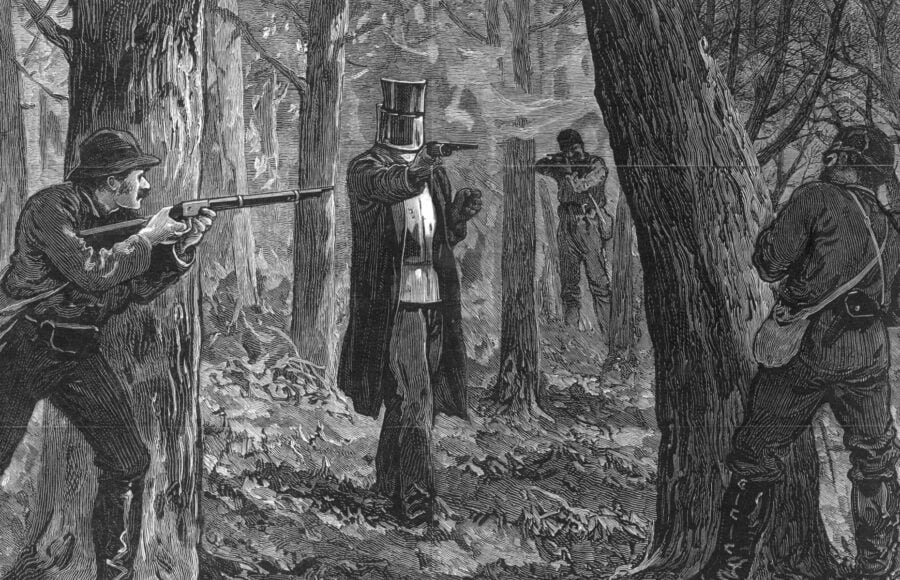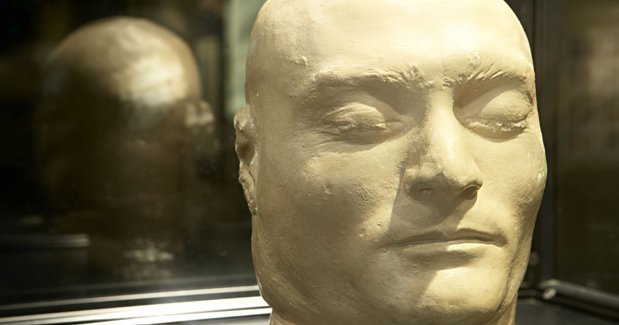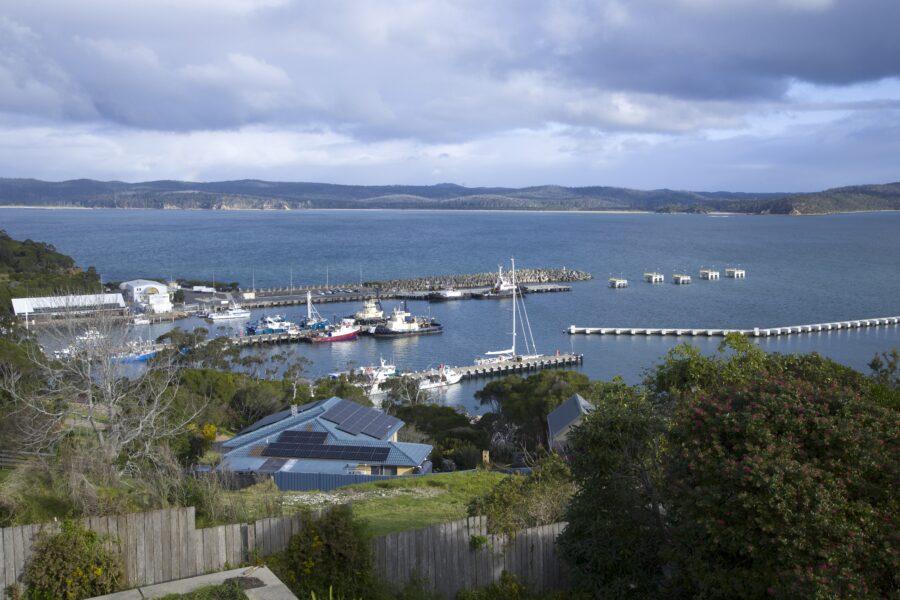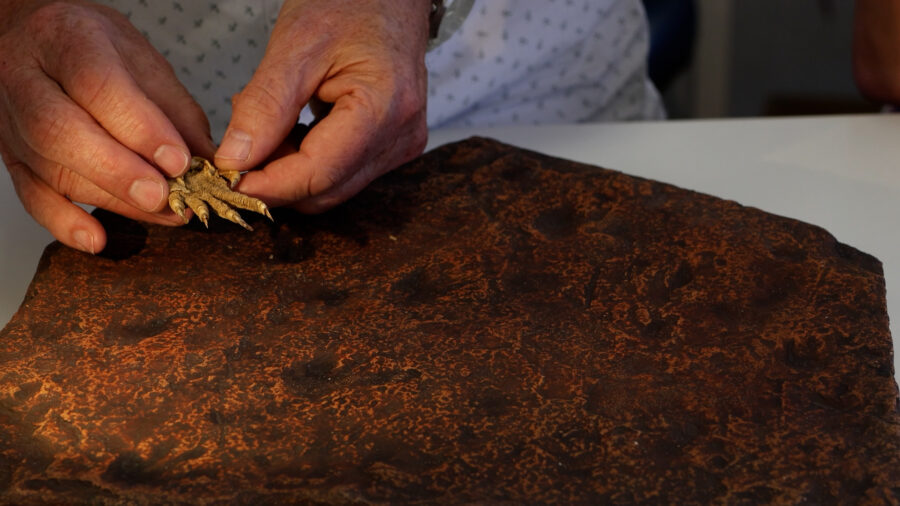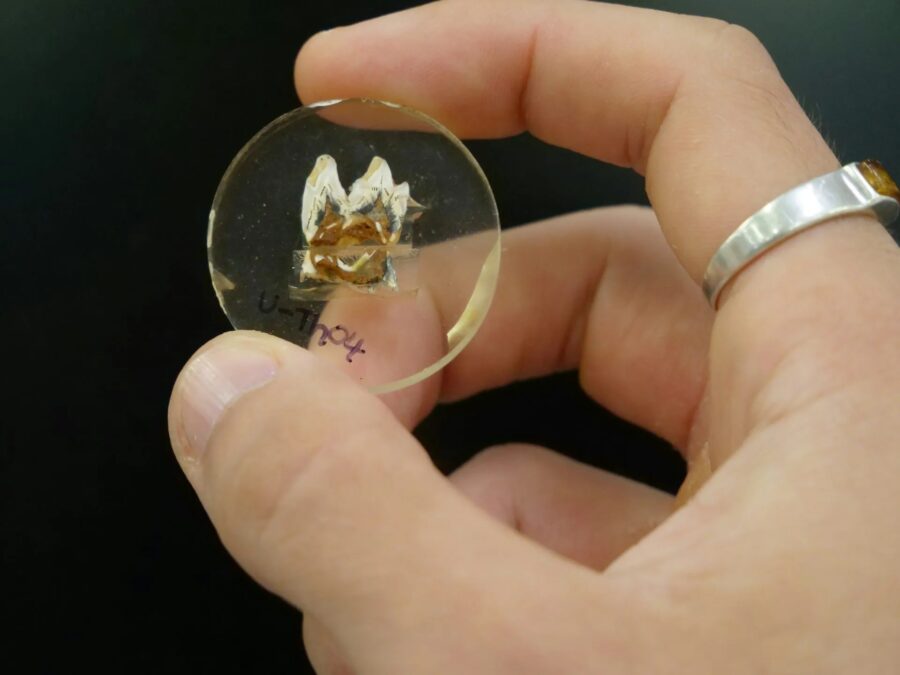Ned Kelly farewelled by family
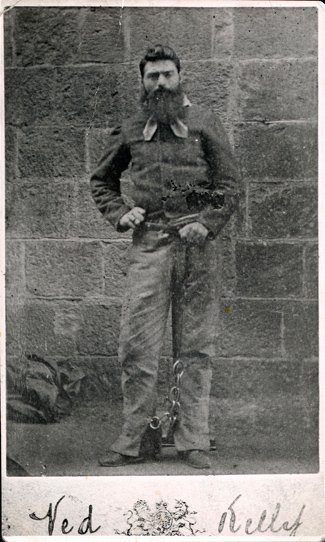
Hours before his hanging, Australia’s most iconic outlaw made a last request: that his loved ones receive his body so they could bury it in sacred ground.
Today, 133 years later, Ned Kelly’s family will at last grant him his wish.
Joanna Griffiths, the great-granddaughter of Kelly’s sister Kate, says her famous relative’s remains – minus his missing skull – will be buried in an unmarked grave in regional Victoria, at a memorial service today.
The service for Kelly, set to be conducted at St Patrick’s Church in the town of Wangaratta, Vic, will be a traditional Catholic mass in line with the bushranger’s wishes, Joanna says.
“That’s what he would’ve wanted, that’s what he requested, and he wished to be buried in consecrated ground,” she says.
Ned Kelly: iconic bushranger laid to rest
Former Pentridge Prison chaplain Professor Peter Norden, who is close to the Kelly family, tells in a written eulogy of how Ned, aged 10, rescued seven-year-old Dick Shelton from a swollen creek and the boy’s parents presented Kelly with a lavish silk sash to show their gratitude.
The deed speaks volumes about the nature of Ned Kelly, Peter says, adding that he hopes the service will bring some peace to the family.
“I’m pleased that it’s happening, and I believe he didn’t get a decent trial – at least he can get a decent burial,” Peter says.
Ned Kelly a glorified criminal?
Assistant secretary of the Police Association Victoria, Bruce McKenzie, says Kelly’s family is entitled to give him a proper burial, though he longs for an end to the public’s propensity to glorify serious criminals.
“We would hope his grave site doesn’t become a shrine or a tourist mecca,” he says.
“That would be inappropriate on the basis that while it happened a long time ago, (Kelly) remains responsible for the greatest atrocity in Australia’s history when it comes to the killing of police officers.”
Kelly was hanged at Old Melbourne Gaol in 1880 for killing three police officers. After the killings, Kelly and his gang went on to commit a series of brazen bank robberies, making their last stand against police at Glenrowan, where Kelly donned the home-made metal armour that is now a powerful symbol in Australian art.
The romance of the Kelly legend also rests in part on a 7000-word manifesto known an the Jerilderie letter, which explains his behaviour and decries the treatment of his family and other Irish Catholics by the police and English and Irish Protestants.
The location of Kelly’s remains had been a mystery until late 2011, when scientists used DNA testing to identify Kelly’s bones among those exhumed from a mass grave at the former Pentridge Prison site.
